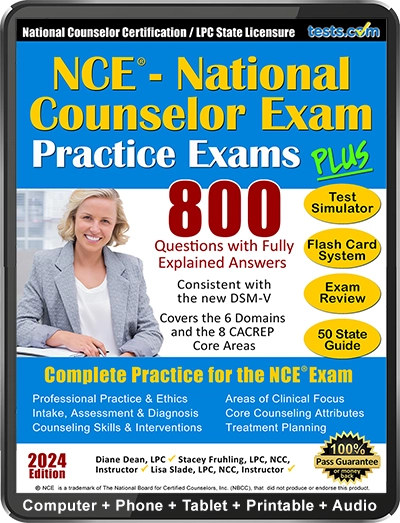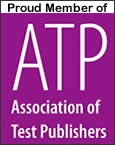NPTE PTA Practice Test
2023 Version
Take this free physical therapist assistant practice test to get an idea of what is on the National Physical Therapist Exam (NPTE) for physical therapist assistants (PTA).
The NPTE for PTAs is a standardized exam produced by the Federation of State Boards of Physical Therapy.
The test sections below are based on the NPTE PTA test sections: musculoskeletal, neuromuscular, cardiovascular, pulmonary, integumentary, metabolic, endocrine, gastrointestinal, gentitourinary, lymphatic, system interactions, equipment, therapeutic modalities, safety, professional responsibilities and evidenced based practice.
The actual NPTE PT has 200 questions and four hours is given to complete the test.




